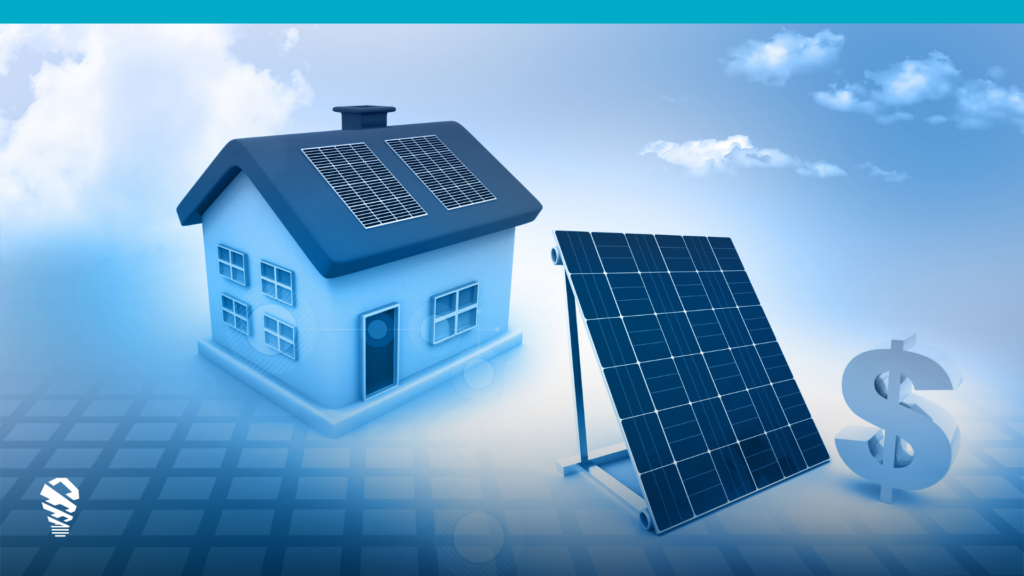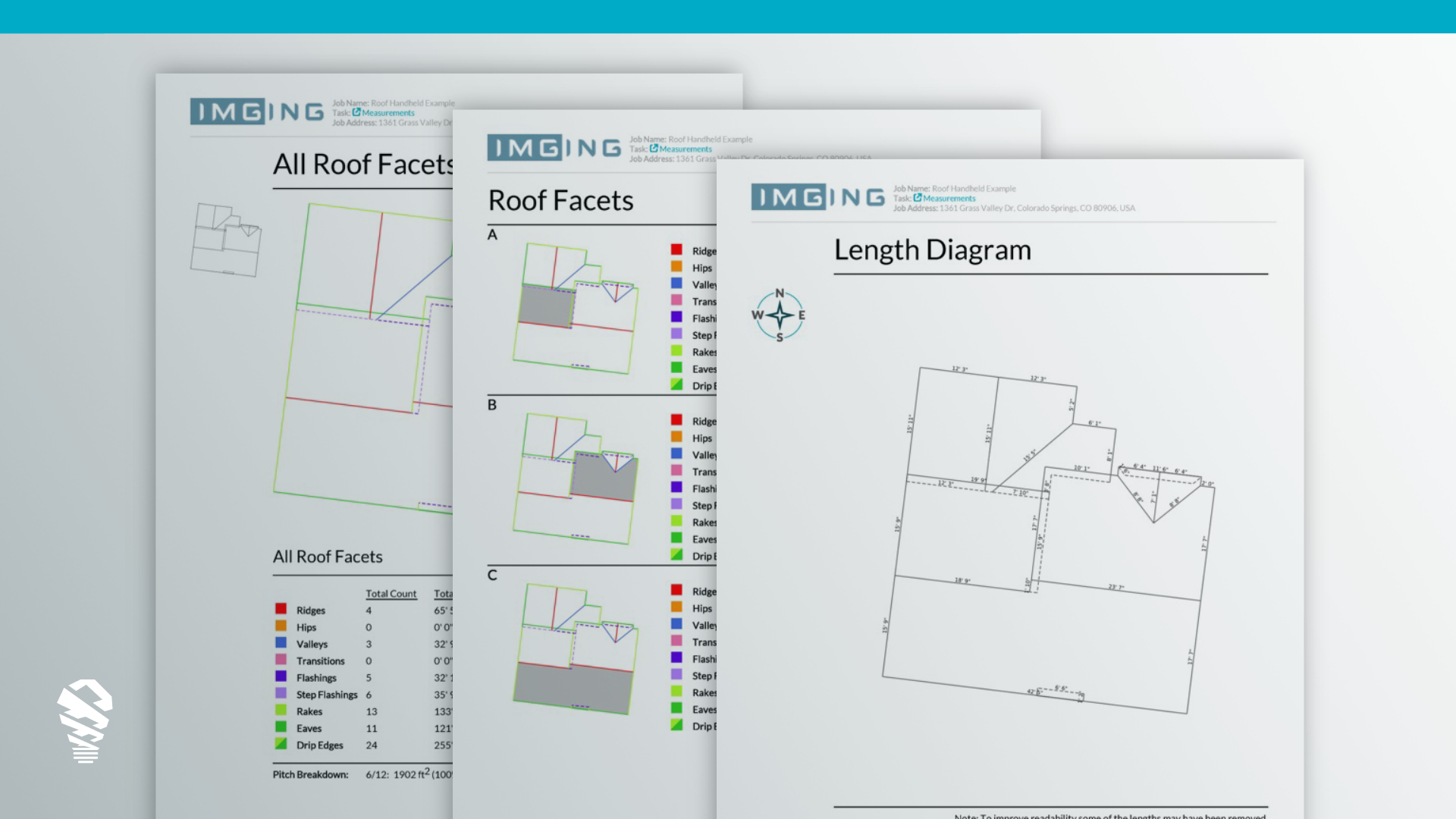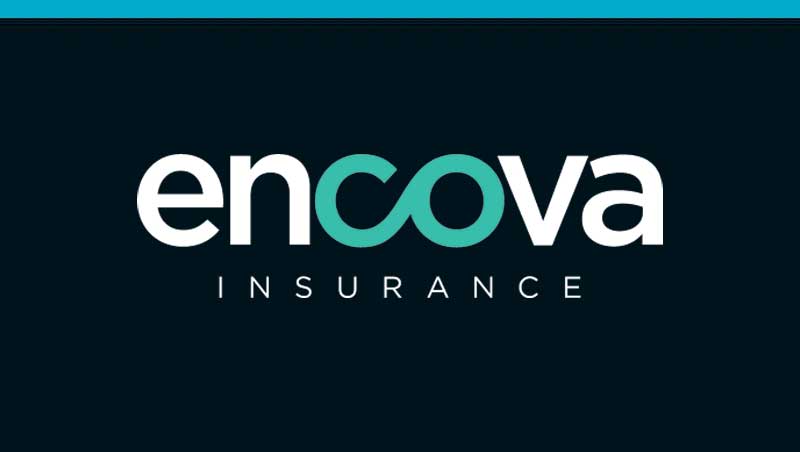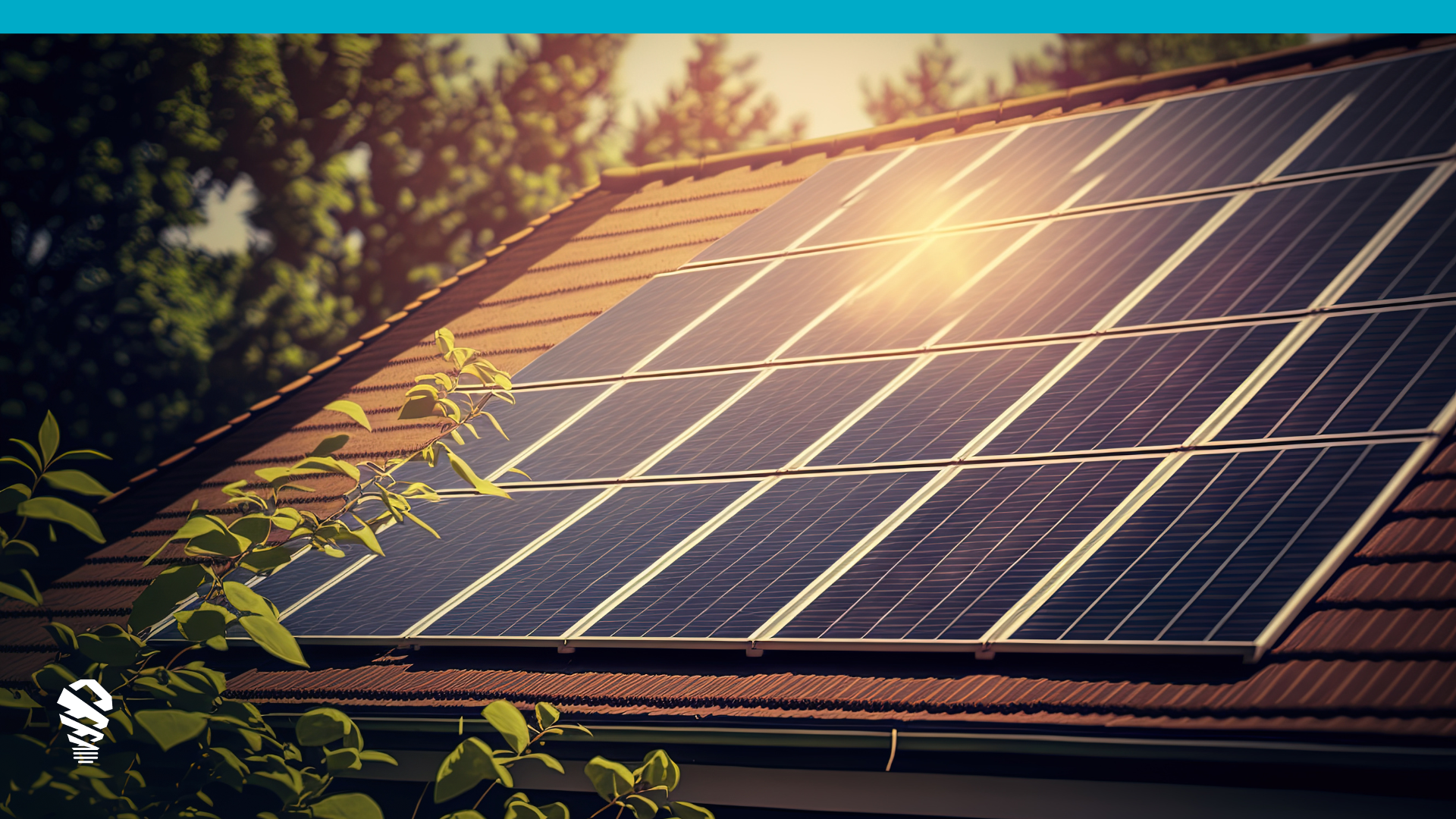The solar industry has weathered its fair share of trials and tribulations over the years, earning it the apt nickname of the “solarcoaster.” From expiring tax credits to supply chain challenges and even the curveball of a global pandemic, this industry has seen it all. In this article, there are three pivotal factors at play, shaping the path ahead: the Inflation Reduction Act, Financing, and NEM 3.0. Let’s explore how each factor influences the solar industry’s course and how we can navigate it with confidence.
Factor 1: The Inflation Reduction Act (IRA)
The Inflation Reduction Act, or IRA, is a legislative initiative designed to address the economic challenges brought about by inflation. While its primary goal is to stabilize the broader economy, it carries implications for specific sectors, including the solar industry. The most notable feature of the IRA, relevant to solar enthusiasts, is its extension of the Investment Tax Credit (ITC).
The Investment Tax Credit Extension
One of the key provisions within the IRA is the extension of the Investment Tax Credit for homeowners looking to invest in solar energy. The ITC, which encourages the adoption of solar power, will revert to its original rate of 30% for eligible homeowners. This extension is helpful for those considering a shift to solar energy.

Implications for Homeowners
- Enhanced Affordability: With the ITC extension, solar installations become significantly more affordable for homeowners. The reduced tax burden can make the transition to clean energy a financially viable option, thereby accelerating the adoption of solar panels and related technologies.
- Promoting Renewable Energy: The IRA’s support for solar energy aligns with broader efforts to combat climate change. By making solar installations more accessible, homeowners can contribute to reducing their carbon footprint and reliance on fossil fuels.
- Economic Benefits: Beyond environmental advantages, the solar industry’s growth spurred by the IRA can stimulate economic activity. Job creation within the renewable energy sector and increased demand for solar equipment are just a few of the positive economic outcomes.
Implications for the Solar Industry
- Industry Growth: The IRA’s support for solar energy projects paves the way for sustained growth in the industry. Solar installers and manufacturers can expect increased demand for their products and services.
- Incentive for Innovation: With more homeowners considering solar installations, there is greater incentive for innovation within the solar industry. This could lead to advancements in solar panel technology, energy storage solutions, and more.
- Collaboration Opportunities: As the solar industry continues to expand, collaboration among solar companies, research institutions, and government bodies becomes more critical. Pooling resources and expertise can drive the industry’s progress.

The Inflation Reduction Act (IRA) represents a significant opportunity for the solar industry to flourish in 2023 and beyond. The extension of the Investment Tax Credit (ITC) promises to make solar installations more accessible and affordable for homeowners, fostering a cleaner, more sustainable energy landscape. However, it is not just about tax credits and incentives. It is also about staying ahead of the curve and growing together as an industry. Solar is a dynamic field, with innovative technologies and best practices constantly emerging. By collaborating with others in the industry, you gain access to a wealth of insights and expertise. Learning from each other’s strengths and experiences not only helps your business thrive but contributes to overall growth and sustainability.
Factor 2: Financing
Navigating the complexities of today’s financial landscape, homeowners find themselves at a crossroads, especially when considering investments like solar energy. The shadow of high or even rising interest rates can often cloud judgment and stall decision-making. However, understanding the diverse solar financing options available can illuminate the path forward. From purchasing to leasing, leveraging credit facilities, or entering into innovative agreements like PPAs, there is a solution tailored for every homeowner’s financial and ecological aspirations.
Navigating Rising Interest Rates
Interest rates have become a central focus in 2023, significantly impacting various financial sectors. One of the most noticeable effects has been the average rate for a standard 30-year fixed-rate mortgage, which has climbed to around 8%. This increase is not directly set by the government but is primarily an indirect consequence of the Federal Reserve’s policy decisions. In an effort to curb inflation, the Fed has been raising the federal funds rate, which is the interest rate at which banks and credit unions lend reserve balances to other depository institutions overnight. These changes in the federal funds rate don’t directly set consumer rates but influence them significantly.

Banks and lenders, in response to the higher cost of borrowing money reflected in the federal funds rate, adjust their interest rates accordingly. Hence, mortgage rates tend to rise as the federal funds rate increases. Similarly, this effect cascades into other sectors, like the financing of solar installations.
These higher loan interest rates have introduced new challenges. Prospective solar panel adopters, facing elevated borrowing costs, often reconsider their investment timing. They may opt to wait for a potential drop in interest rates before committing to such a significant expenditure. Given these market dynamics, it’s crucial for those in the solar industry to adapt their sales strategies to navigate the changing financial landscape.
Tackling Concerns Over Rising Rates
A frequent reservation is, “We’ll wait for better rates.” While apprehension is natural, it is crucial not to amplify the concerns around rising rates disproportionately. While rates have surged, the long-term economic and environmental advantages of solar remain robust.
Solar Financing Options
Homeowners have diverse motivations for contemplating solar installations. Some lean towards ecological conservation, while others are driven by the allure of financial savings. Recognizing their primary concerns is the first step.
Buying vs. Leasing
Buying: Owning a solar system might require a higher initial investment, but it offers complete ownership, potential tax credits, and increases the value of the home. Over time, the owner reaps the full benefits of reduced electricity bills.
Leasing: Leasing requires little to no upfront cost. However, the system belongs to the solar company, meaning homeowners might miss out on tax credits. They do enjoy lower energy rates but might face escalating lease payments.
No-Interest Credit Card: Some homeowners might consider opening a no-interest credit card to finance their solar system. This option eliminates interest fees if paid within the promotional period, but potential pitfalls lie in high post-promotional interest rates and impacts on credit scores.
Cash: The straightforward route of cash payment eliminates any borrowing costs. While it requires a significant upfront payment, the long-term savings are substantial, and homeowners can quickly break even on their investment.
Power Purchase Agreement (PPA): With PPAs, a third party owns the solar system installed on a homeowner’s property. Homeowners then buy the power generated at a predetermined rate, often lower than utility rates, without worrying about maintenance or upfront costs.
By tailoring your approach to each homeowner’s unique situation and offering a comprehensive understanding of the varied financing options available, you can guide them towards an informed decision that promises both ecological and economic benefits for years ahead.
Factor 3: NEM 3.0
NEM 3.0 has recently launched in California, ushering in a range of impacts on the solar industry. These effects are currently reverberating across the sector, influencing how solar installations and services are approached and delivered in the Golden State.
Lengthy Payback Period
One of the immediate challenges posed by NEM 3.0 is the anticipation of lengthier payback periods in the Golden State. This policy shift may lead to homeowners having to wait a bit longer to reap the full financial benefits of their solar investments. Additionally, there’s the potential for prices to surge as a result of these changes.
Opportunities with NEM 3.0
However, it is not all clouds and gloom. NEM 3.0 has a silver lining, particularly for other states in the solar game. California is poised to witness a solar rush as homeowners rush to meet the April 14 deadline to maintain grandfathered status under NEM 2.0. This surge in solar installations in the Golden State presents opportunities for growth.
Despite some supply hiccups, there is a glimmer of positivity in the mix. NEM 3.0 underscores the significance of battery storage in California. Homeowners can now harness the full value of their solar systems by reducing their grid contributions during off-peak hours. This emphasis on battery storage opens exciting possibilities for installers, as it can elevate their revenues on home solar setups.
For states unaffected by NEM 3.0, there is another potential advantage. The influx of modules, inverters, and racking materials from California could lead to price drops. This means that regions currently facing supply constraints might see more affordable solar options become available.
Conclusion
The current solarcoaster is marked by a trio of significant factors: the Inflation Reduction Act, Financing, and NEM 3.0. These challenges and opportunities are reshaping the industry’s landscape. The IRA’s extension of the Investment Tax Credit is a beacon of affordability and sustainability for homeowners, fostering industry growth and innovation. Rising interest rates call for a strategic shift, emphasizing long-term savings and tailored solutions to meet homeowners’ diverse needs. While NEM 3.0 brings challenges in California, it opens doors for growth and underscores the importance of battery storage. Adaptation, education, and seizing innovative opportunities will guide us towards a brighter and more sustainable future of solar energy.









